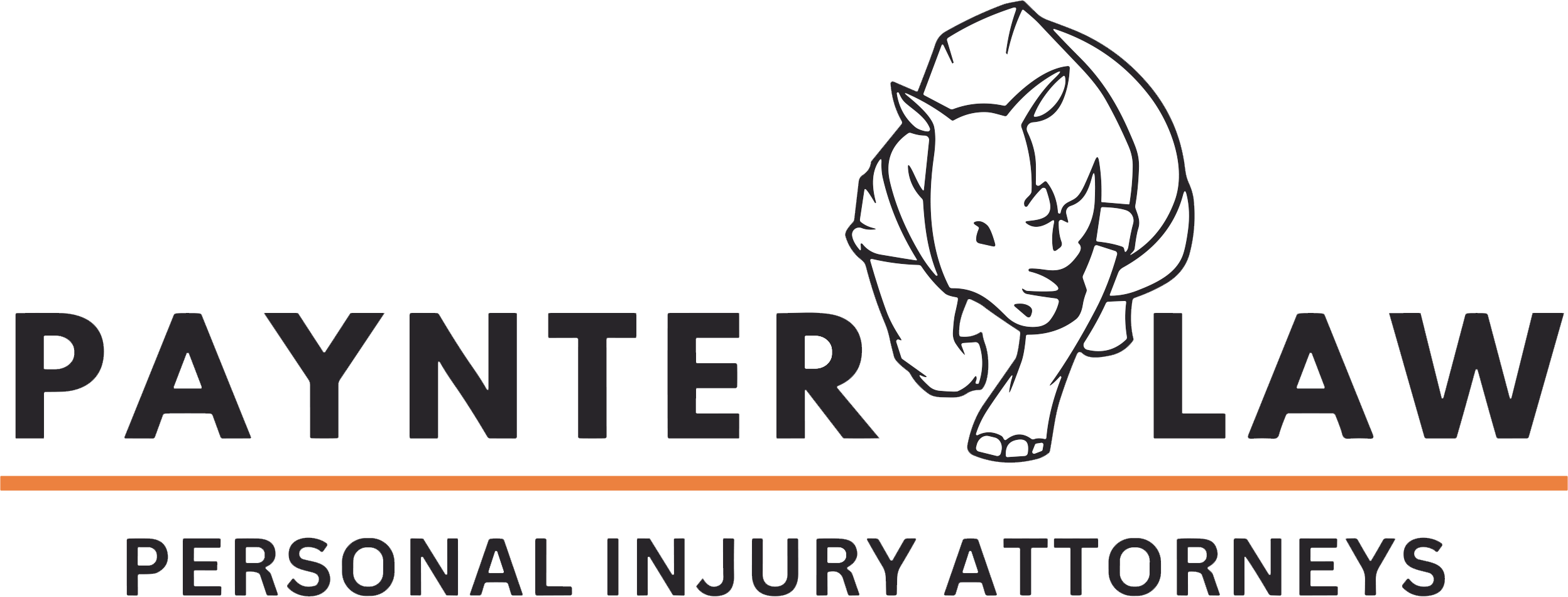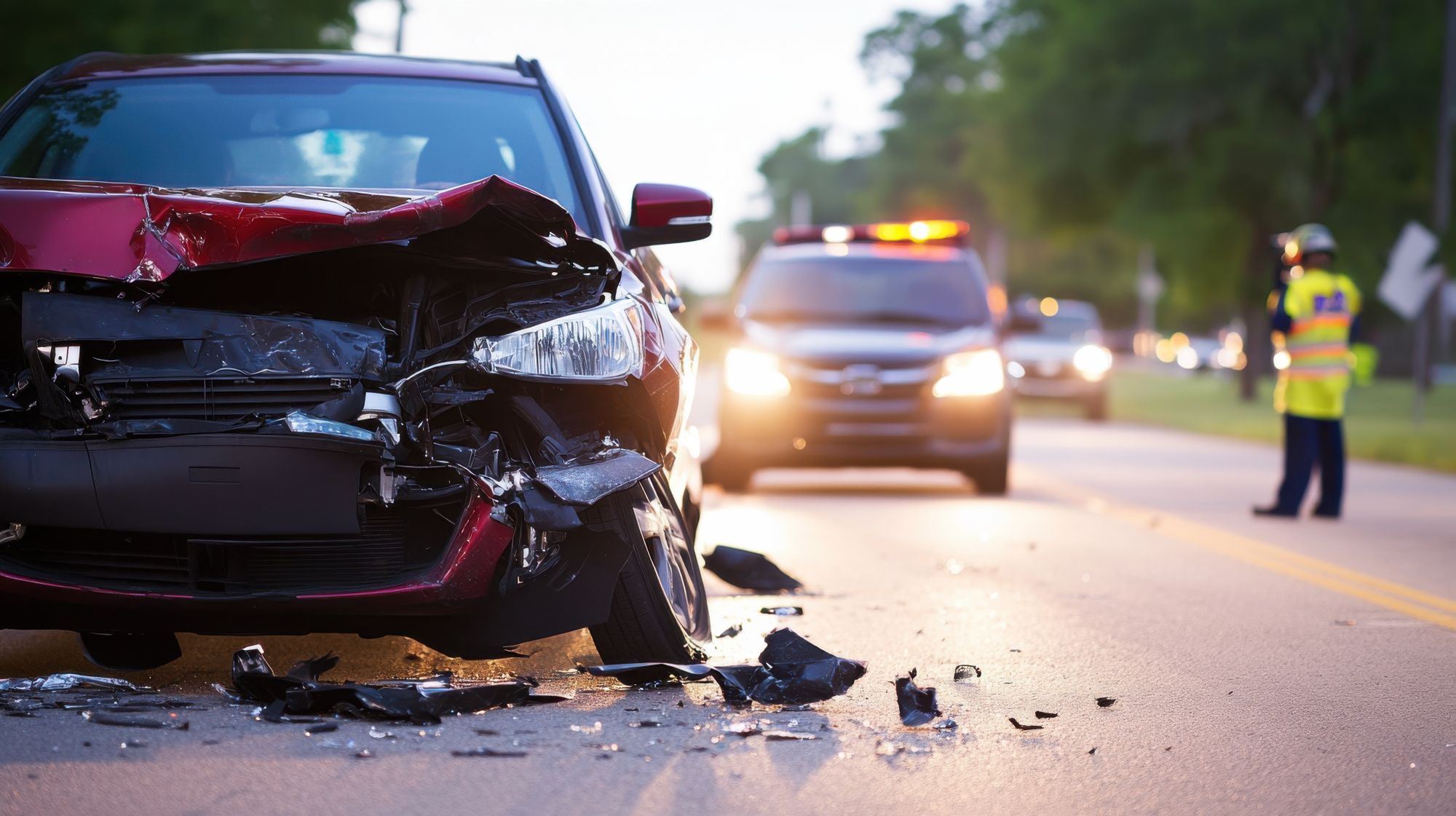Being involved in any car accident is stressful and overwhelming, but a hit-and-run accident adds an extra layer of complexity and frustration. When another driver flees the scene after causing an accident, you may feel helpless and unsure about your next steps.
However, knowing what to do in these moments can protect your legal rights and improve your chances of receiving compensation for your injuries and damages.
If you’ve been in a hit-and-run accident in North Carolina, time is of the essence – contact the North Carolina auto accident attorney team at Paynter Law today for a no-obligation consultation.
Understanding Hit-and-Run Accidents in North Carolina
A hit-and-run accident occurs when a driver involved in a collision leaves the scene without stopping to exchange information, render aid, or report the incident to law enforcement. In North Carolina, leaving the scene of an accident is a serious criminal offense that can result in significant penalties for the fleeing driver.
Under North Carolina General Statute § 20-166, drivers involved in accidents resulting in injury, death, or property damage must stop at the scene and provide their name, address, driver’s license number, and insurance information to other parties involved. Failure to do so constitutes a hit-and-run offense.
Immediate Steps to Take After a Hit-and-Run Accident
1. Ensure Your Safety First
Your immediate priority should be getting to safety. If your vehicle is driveable and you’re blocking traffic, carefully move to the shoulder or a nearby parking lot. Turn on your hazard lights to alert other drivers. If you cannot move your vehicle or if you’re seriously injured, stay where you are and wait for help to arrive.
2. Call 911 Immediately
Contact emergency services right away, even if the accident seems minor. Tell the dispatcher that you’ve been involved in a hit-and-run accident and need police assistance. If anyone is injured, request medical attention as well. Having a police report is an important component for insurance claims and any potential legal action.
3. Gather Information About the Fleeing Vehicle
Try to remember as many details as possible about the other vehicle and driver. Important information includes:
- License plate number (even a partial number can be helpful)
- Make, model, color, and year of the vehicle
- Description of the driver (age, gender, distinctive features)
- Direction the vehicle was traveling when it left the scene
- Any visible damage to the vehicle
- Any distinctive features of the car (bumper stickers, modifications, etc.)
Write down these details immediately or record them on your phone while they’re fresh in your memory.
4. Look for Witnesses
If other people witnessed the accident, ask for their contact information and a brief statement about what they saw. Witness testimony can be invaluable in hit-and-run cases, especially if they observed details about the fleeing vehicle that you may have missed.
5. Document the Scene Thoroughly
Take extensive photos and videos of:
- All damage to your vehicle
- The accident scene from multiple angles
- Your injuries (if visible)
- Skid marks or debris on the road
- Traffic signs or signals
- The surrounding area
This documentation will be essential for insurance claims and any legal proceedings.
6. Seek Medical Attention
Even if you don’t think you’re seriously injured, it’s important to get checked by a medical professional. Some injuries, particularly soft tissue injuries like whiplash, may not manifest symptoms immediately. Having medical documentation from shortly after the accident strengthens your case if you later discover injuries.
Working with Law Enforcement
When police arrive at the scene, provide them with all the information you’ve gathered about the fleeing vehicle and driver. Be honest and thorough in your account of what happened, but stick to the facts rather than speculating about the other driver’s actions or motivations.
The investigating officer will create a police report that includes your statement, any witness statements, and their observations about the scene. Request a copy of this report, as you’ll need it for insurance claims and any legal action.
Dealing with Insurance After a Hit-and-Run
Your Own Insurance Coverage
Contact your insurance company as soon as possible to report the hit-and-run accident. Even though another driver caused the accident, you may need to rely on your own insurance coverage for compensation. Depending on the details of the accident, relevant coverage types include:
- Uninsured Motorist Coverage: This coverage can compensate you for injuries and damages when the at-fault driver cannot be identified or located. North Carolina requires insurance companies to offer uninsured motorist coverage, though drivers can reject it in writing.
- Collision Coverage: If you have collision coverage, it can pay for repairs to your vehicle regardless of who caused the accident, though you’ll typically need to pay your deductible.
- Medical Payments Coverage: This can help cover medical expenses resulting from the accident, regardless of fault.
Cooperating with Your Insurance Company
Be prepared to provide your insurance company with all the documentation you’ve gathered, including photos, the police report, witness statements, and medical records. Your insurer may conduct their own investigation to try to locate the hit-and-run driver.
Frequently Asked Questions About Hit-And-Run Accidents In North Carolina
What Is Contributory Negligence And How Might It Apply?
It’s important to understand that North Carolina follows the contributory negligence doctrine, which can significantly impact personal injury cases. Under this rule, if you’re found to be even partially at fault for the accident, you may be barred from recovering compensation from the other driver.
This makes it important to work with an attorney who understands how to present your case in a way that clearly establishes the other driver’s fault while protecting you from any allegations of contributory negligence.
What Is The Statute Of Limitations For Accidents In North Carolina?
In North Carolina, you generally have three years from the date of the accident to file a personal injury lawsuit. However, don’t wait until the deadline approaches to seek legal help. The sooner you begin working with an attorney, the better chance you have of preserving evidence and building a strong case.
What If the Hit-and-Run Driver Is Never Found?
Unfortunately, some hit-and-run drivers are never identified or located. In these cases, your uninsured motorist coverage becomes even more important. This coverage is designed to protect you when you’re injured by a driver who cannot be held financially responsible for the accident.
Get the Help You Need From Paynter Law
If you’ve been injured in a hit-and-run accident in North Carolina, don’t face the complex legal and insurance issues alone. The legal team at Paynter Law has extensive experience handling hit-and-run cases and understands the unique challenges these situations present.
With a track record of over $500 million in verdicts and settlements and more than 75 years of combined legal experience, Paynter Law has helped hundreds of clients navigate the aftermath of serious accidents. We work on a contingency fee basis, meaning you pay no attorney fees unless we win your case.
During a free initial consultation, our legal team can review your case, explain your rights under North Carolina law, and help you understand your options for seeking compensation. Don’t let a hit-and-run driver’s irresponsible actions leave you struggling with medical bills and other damages.
Contact Paynter Law today at (919) 245-3116 to schedule your free consultation and learn how we can help you move forward after a hit-and-run accident.

